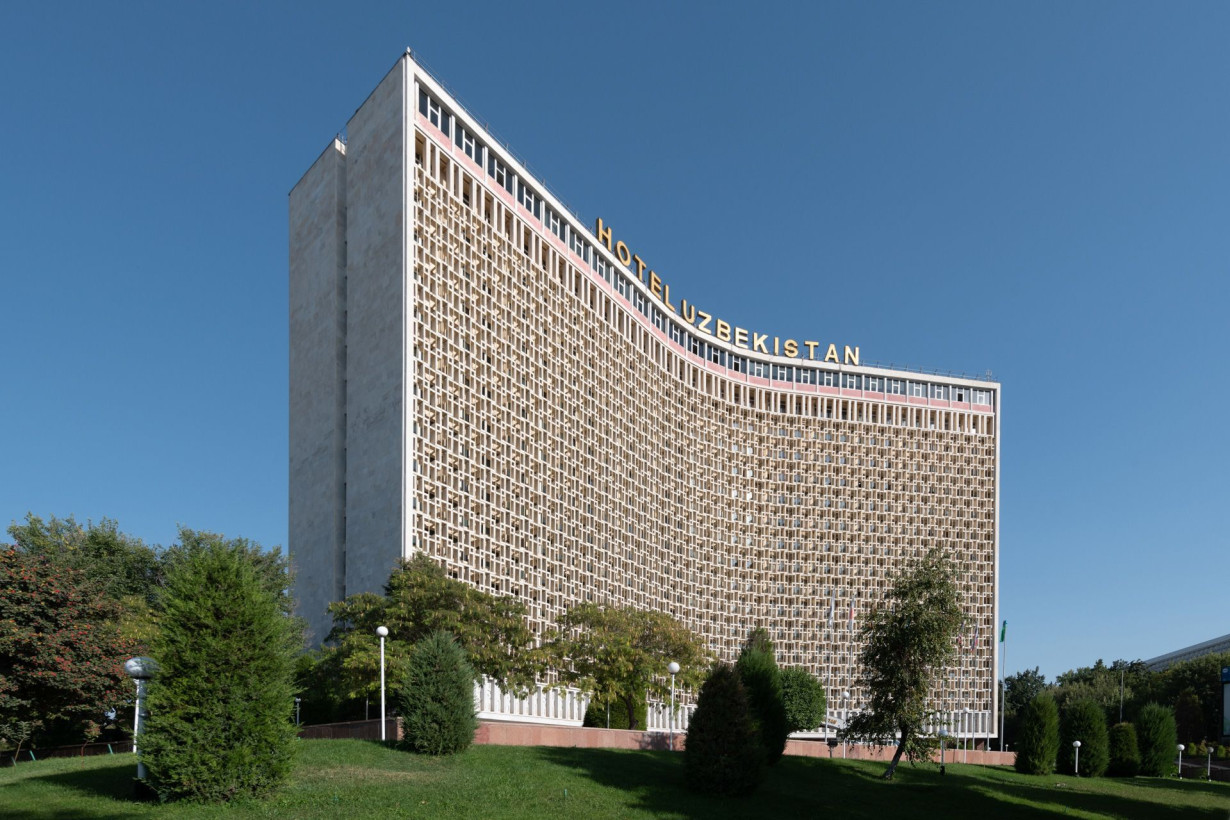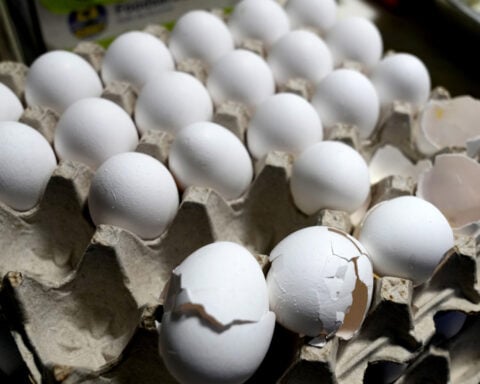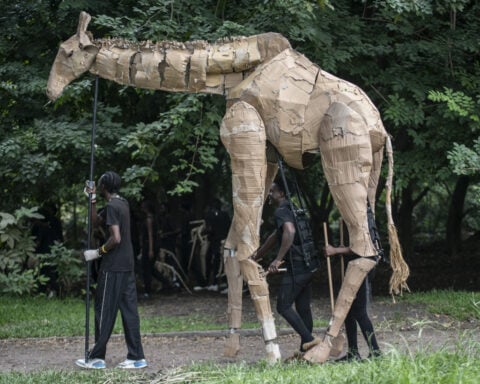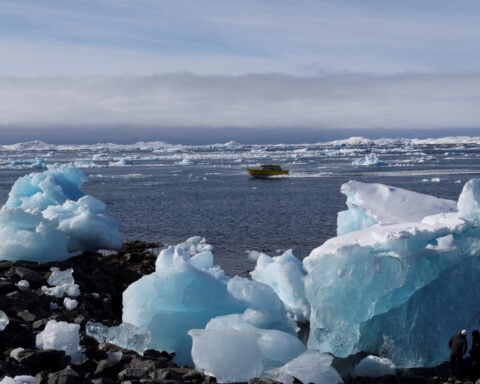Tashkent, Uzbekistan (CNN) — Driving through Tashkent feels like flipping through an architecture picture book teeming with examples of Soviet brutalist, orientalist, modernist, futurist and neoclassical styles. One marvel after another, buildings in Uzbekistan’s capital city whiz by like a carousel for design lovers.
After an earthquake leveled much of its infrastructure in 1966, Tashkent became a laboratory of urbanism. Architects arrived en masse to rebuild roads, apartment blocks, hotels, theaters, shopping malls, metro stations and a panoply of public structures that offered different takes on progressive socialist living.
Today, new landmarks designed by the firms of “starchitects” such as the late Zaha Hadid and Tadao Ando are in the works, as well as an “Olympic City” comprising five state-of-the-art sports venues for the 2025 Asian Youth Olympic Games. Beyond the capital, the cities of Bukhara, Samarkand and Khiva contain an array of ancient “toki” (domed markets), “madrasa” (schools) and “caravanserai” (inns) built for traders who traversed the Silk Road.
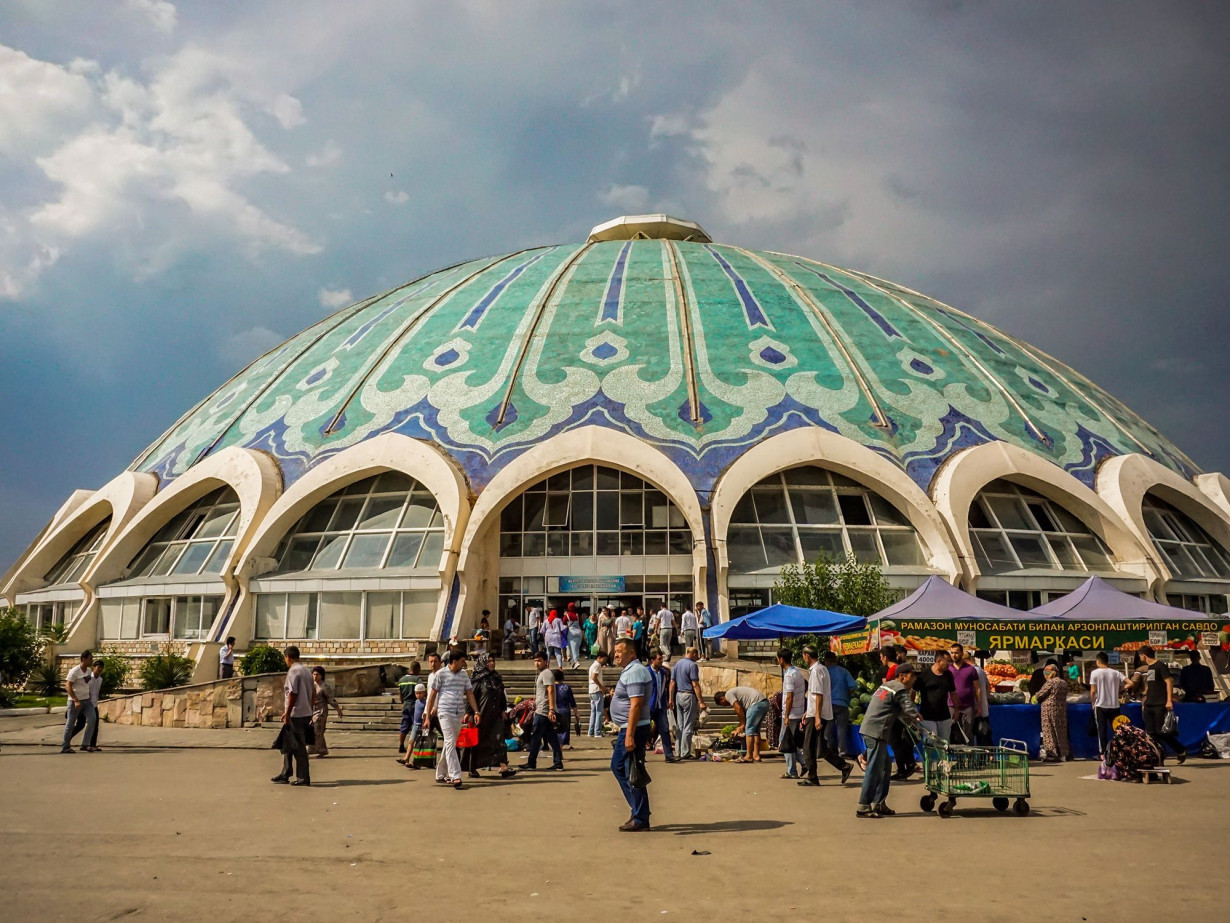
Now, Uzbek President Shavkat Mirziyoyev’s government is pouring resources into highlighting this rich architectural legacy as part of a campaign to open the former USSR republic to the world. Conservation work on its historic sites is a top priority.
“By preserving and restoring these unique architectural treasures, we position Uzbekistan as a global cultural destination,” said Gayane Umerova, chairperson of the Uzbekistan Art & Culture Development Foundation (ACDF) in a statement to CNN. The investment, she added, will be paid off “through increased tourism revenue, job creation, urban revitalization, and cultural branding, as well as preserving and reimagining our heritage in this new era.”
Loving and loathing brutalism
Reimagining a collective identity is something of a preoccupation for a nation that only gained its independence from the USSR in 1991. Within Uzbekistan, where 60% of the population is under 30 years old, not everyone is particularly enamored with vestiges of its Soviet past. Young Uzbeks often opt to live in Western-style apartments and point to the gleaming towers in the international business district, including the sprawling Tashkent City Mall, as points of pride. Inevitably, generic glass-and-steel modernity sometimes buts against preservationists’ agendas. The demolition of the iconic Dom Kino cinema house — to make way for a business park — in 2017, in particular, spurred heritage advocates to action.
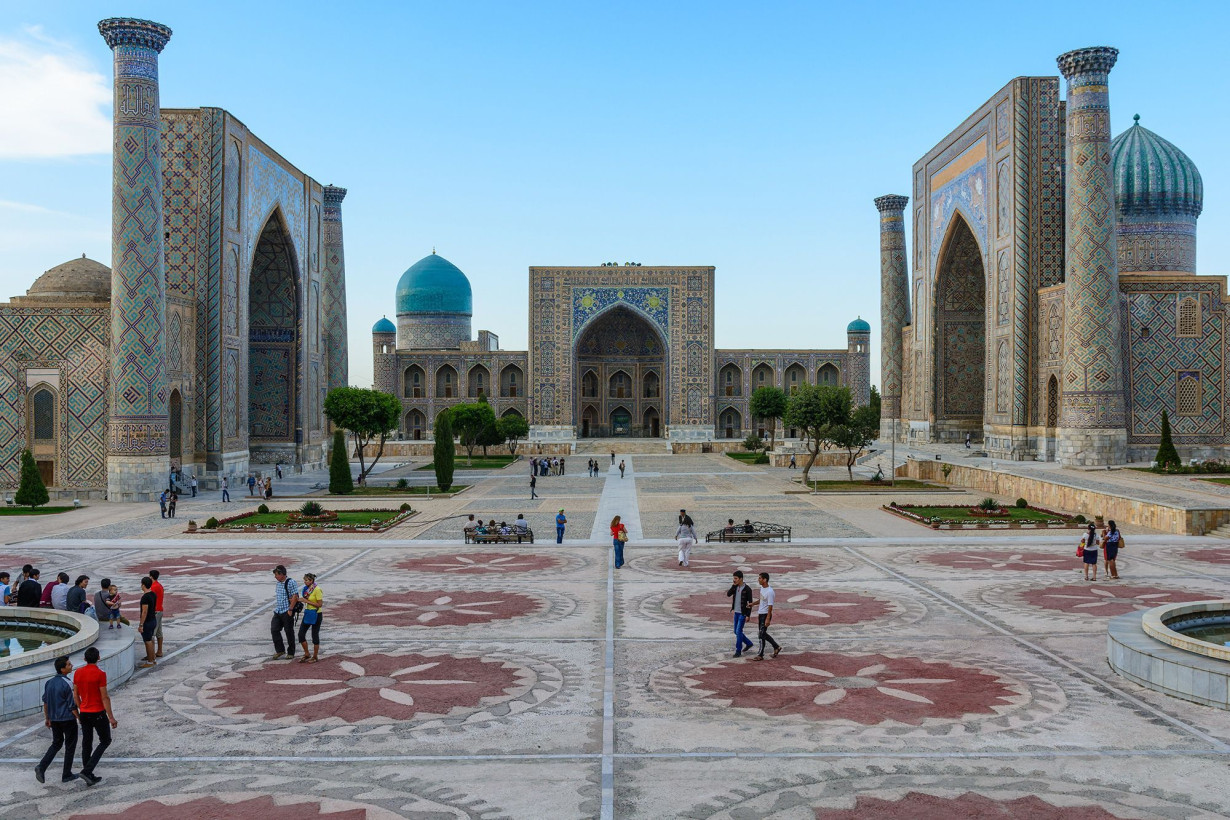
Over the past three years, ACDF has held 10 exhibitions in 10 countries, including shows at Paris’ Louvre Museum and the Milan Triennale. It has also convened conferences (one of which was headlined by celebrated Dutch architecture theorist Rem Koolhaas and another featured experts from UNESCO, the Guggenheim, Venice Heritage and the British Council), developed a “Tashkent Modernism” app, and commissioned a meticulously researched 900-page book titled “Tashkent Modernism XX/XXI.”
Getting influential voices outside of Uzbekistan to rally behind unloved local treasures has, historically, proven to be effective, according to Ekaterina Golovatyuk, a Milan-based architect, researcher and co-editor of “Tashkent Modernism.”
“Nobody really cared about Soviet modernism until that book by Frédéric Chaubin,” she said, referring to the hugely popular coffee-table book “CCCP: Cosmic Communist Constructions,” a 2011 architectural survey of 14 former Soviet republics published by Taschen. French photographer Chaubin’s travelogue, she said, spurred architectural expeditions like Canadian photographer Christopher Herwig’s catalog of Soviet bus stops and Garage Museum’s Soviet modernism guidebook series. “People … started saying, ‘If somebody is traveling from so far away and actually covering it in such a regional way, that must mean something. We might have been underestimating the relevance of this,’” Golovatyuk added.
Social media influencers who introduce their followers to Uzbekistan’s under-the-radar wonders are helping, too. “It gives visibility to this architecture and transforms it into some sort of cultural and artistic product — something that you don’t perceive when you walk past it every day in the city,” Golovatyuk said.
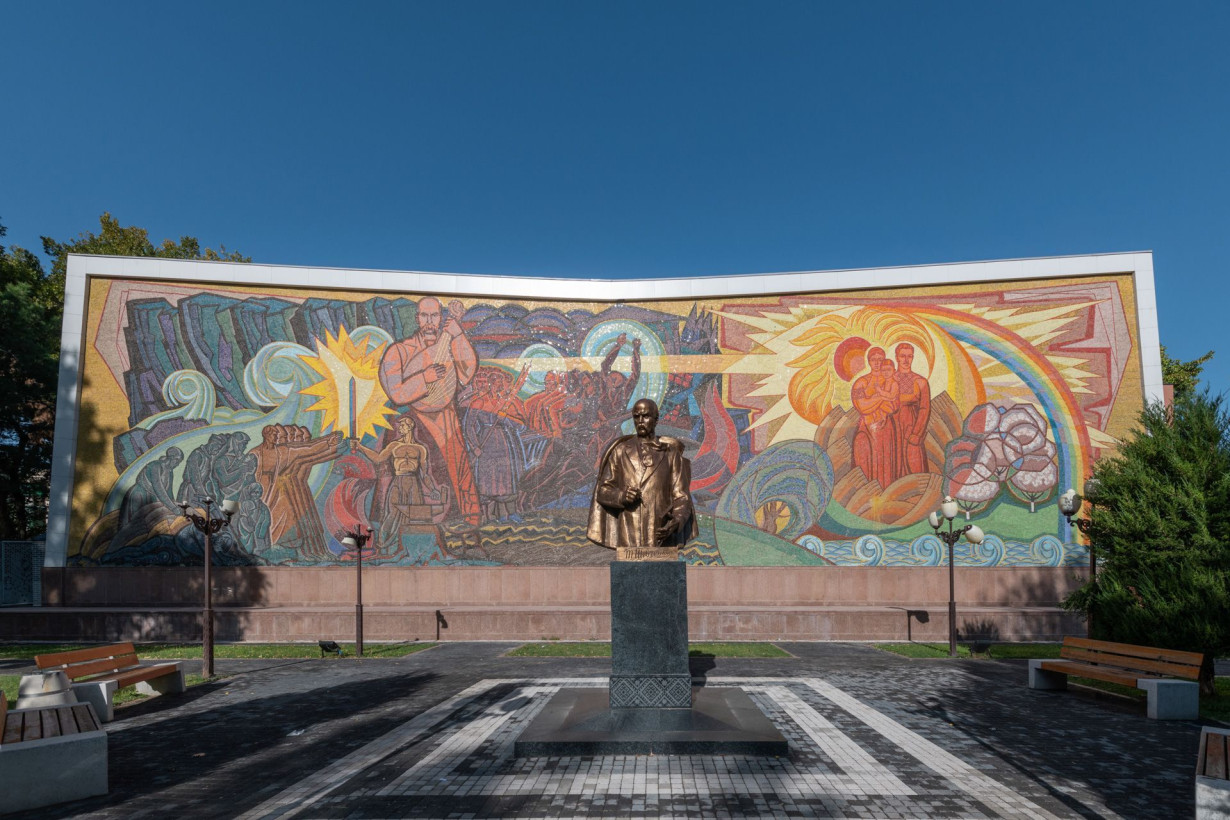
Sustainable architecture lab
Amid the current construction boom, Uzbekistan is again serving as a magnet for progressive building ideas, just as it did in the 1960s and 1970s. This time, however, the most consequential issue is sustainability.
Wael Al Awar, the Lebanese architect co-curating the Uzbekistan’s inaugrual Bukhara Biennial, says the country’s ancient cities are teeming with green solutions. Buildings are responsible for almost 40% of global carbon emissions, and Al Awar points to the “standardization and globalization in architecture” as a culprit, adding that contemporary concrete buildings have also resulted in a homogenization of the world’s skylines. “Uzbekistan’s structures, in contrast, are contextual,” he said “They’re made by local communities who know the weather and the climate, and respond to that when they build. This is something we’ve lost.”
Most ancient buildings in Uzbekistan are naturally energy-efficient, according to Takhmina Turdialieva, co-founder of the Tashkent-based collective, Tatalab, referring to the historic public buildings and dwellings found in Uzbekistan’s Silk Road cities. “It’s very pleasant in the summer and (buildings stay) warm during the winter because of the choice of construction materials and well-designed air circulation. If we learn those passive design methods, we don’t need any new technologies to make buildings more sustainable,” she said.
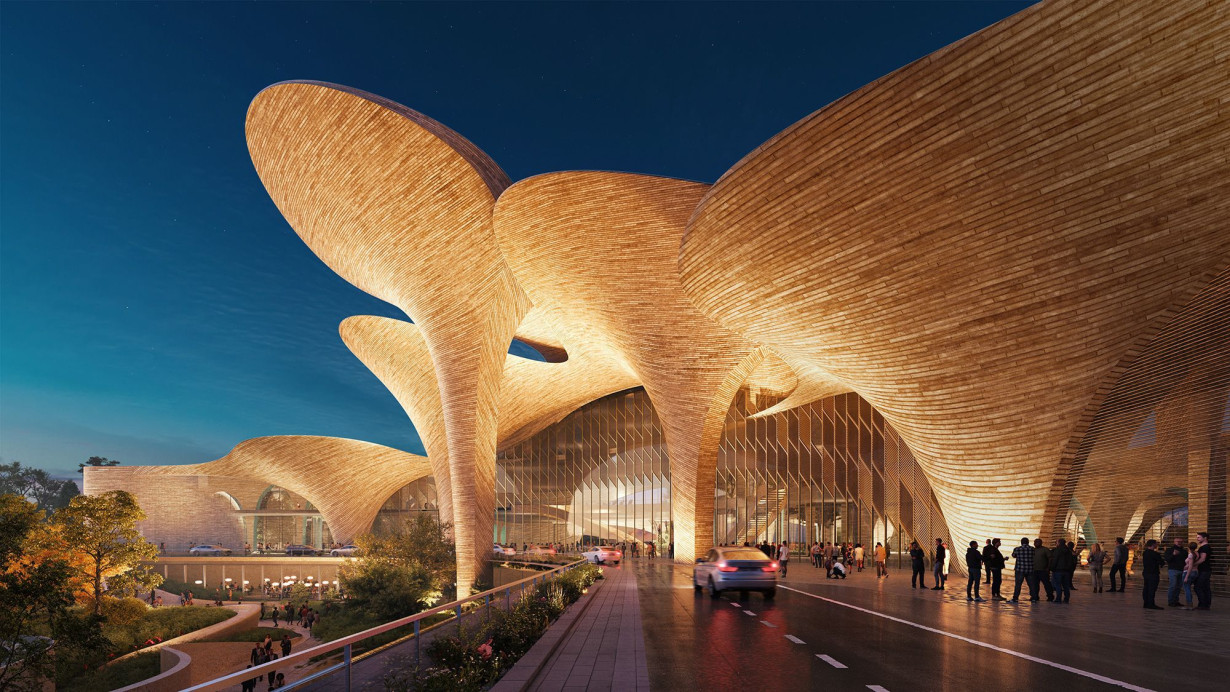
“Modern architecture in Uzbekistan should be based on traditional construction materials like brick and clay,” she added. “We can express different designs with those eco-friendly materials and keep traditions in mind. I think this is how we express modern Uzbek,” she says.
This new vision of modernity is taking shape in New Tashkent City, a 20,000-hectare extension of Uzbekistan’s capital that posits to become a locus of sustainable design ideas. Zaha Hadid Architects’ winning design for the Alisher Navoi International Scientific Research Centre, for instance, uses locally made bricks to achieve the firm’s signature avant-garde swooping structures
Turdialieva, who also leads the Young Architect’s Association of Uzbekistan, adds that a global spotlight on Uzbek design could help invigorate the country’s next generation of architects. “Maybe this will be a starting point when more attention will be paid to local architects so they can better develop their potential,” she said.
The-CNN-Wire
™ & © 2025 Cable News Network, Inc., a Warner Bros. Discovery Company. All rights reserved.

 Trump has begun another trade war. Here's a timeline of how we got here
Trump has begun another trade war. Here's a timeline of how we got here
 Canada's leader laments lost friendship with US in town that sheltered stranded Americans after 9/11
Canada's leader laments lost friendship with US in town that sheltered stranded Americans after 9/11
 Chinese EV giant BYD's fourth-quarter profit leaps 73%
Chinese EV giant BYD's fourth-quarter profit leaps 73%
 You're an American in another land? Prepare to talk about the why and how of Trump 2.0
You're an American in another land? Prepare to talk about the why and how of Trump 2.0
 Chalk talk: Star power, top teams and No. 5 seeds headline the women's March Madness Sweet 16
Chalk talk: Star power, top teams and No. 5 seeds headline the women's March Madness Sweet 16
 Purdue returns to Sweet 16 with 76-62 win over McNeese in March Madness
Purdue returns to Sweet 16 with 76-62 win over McNeese in March Madness
